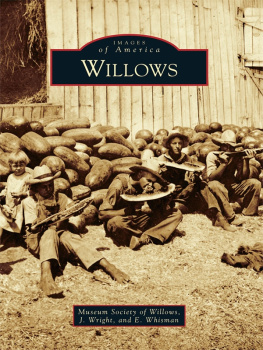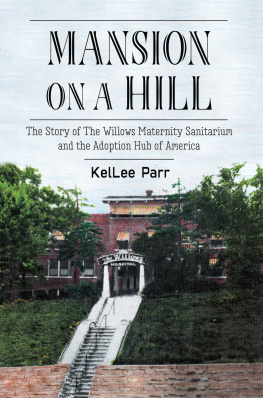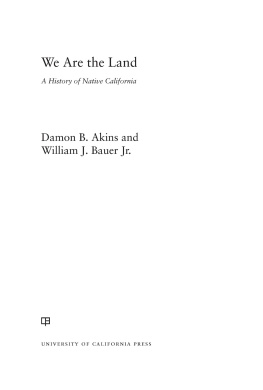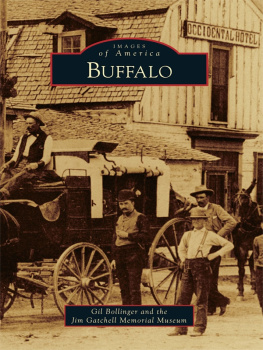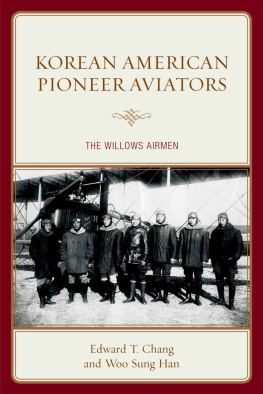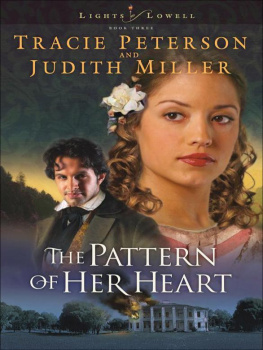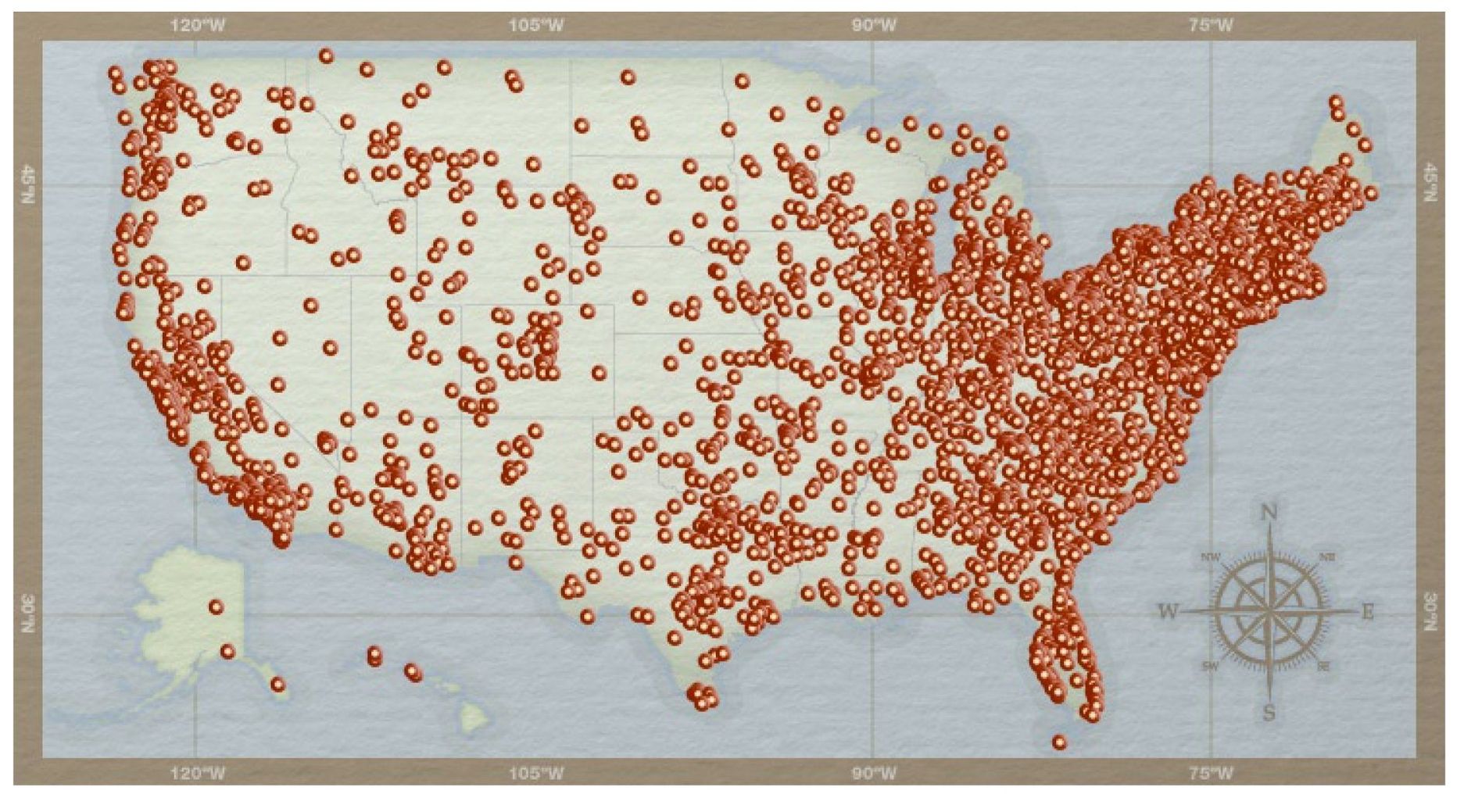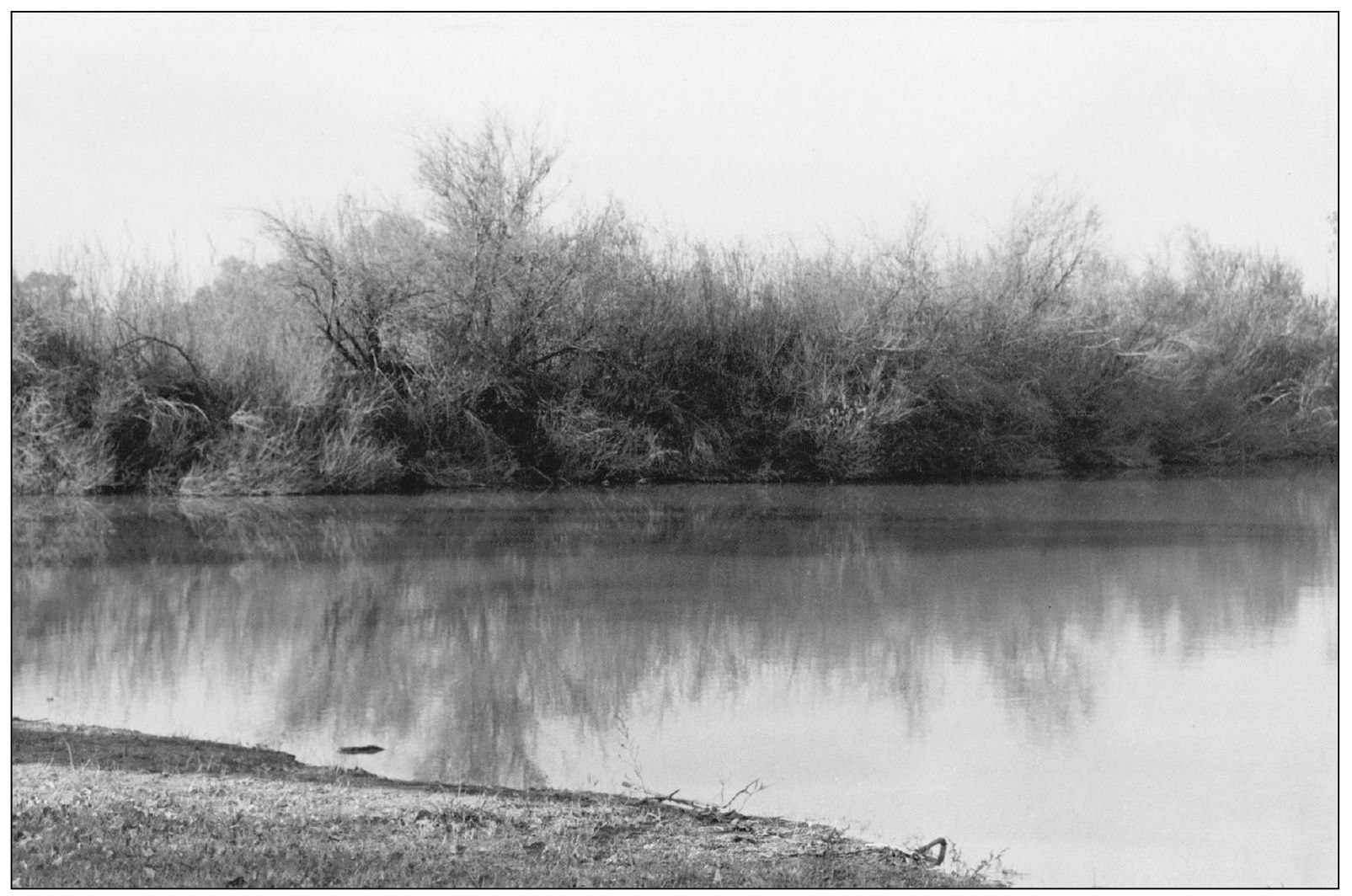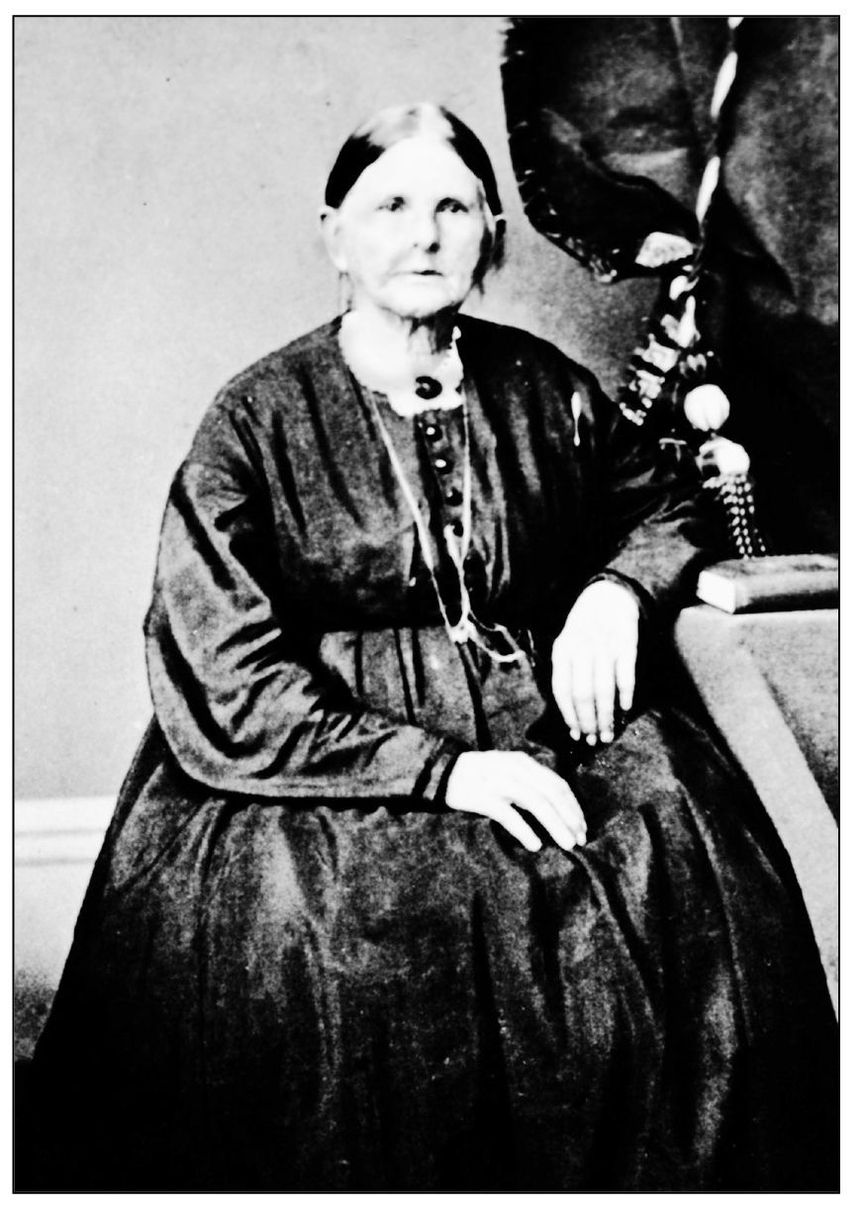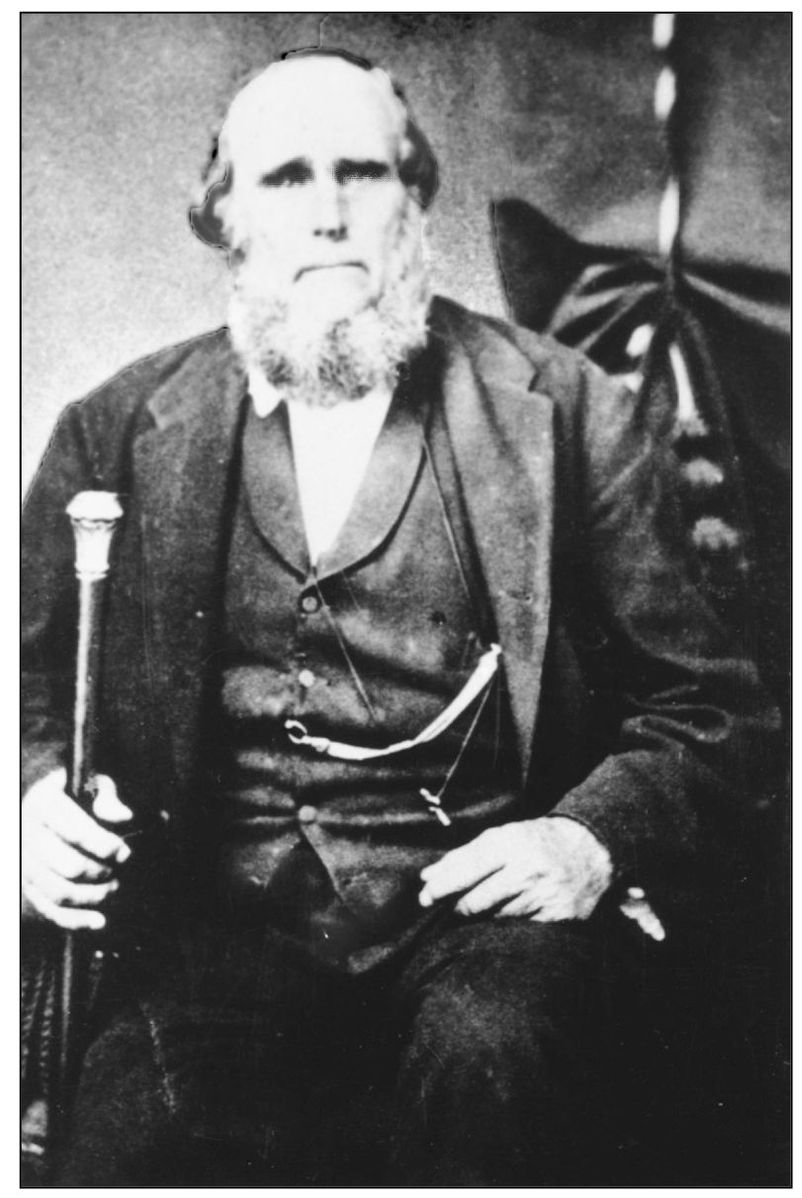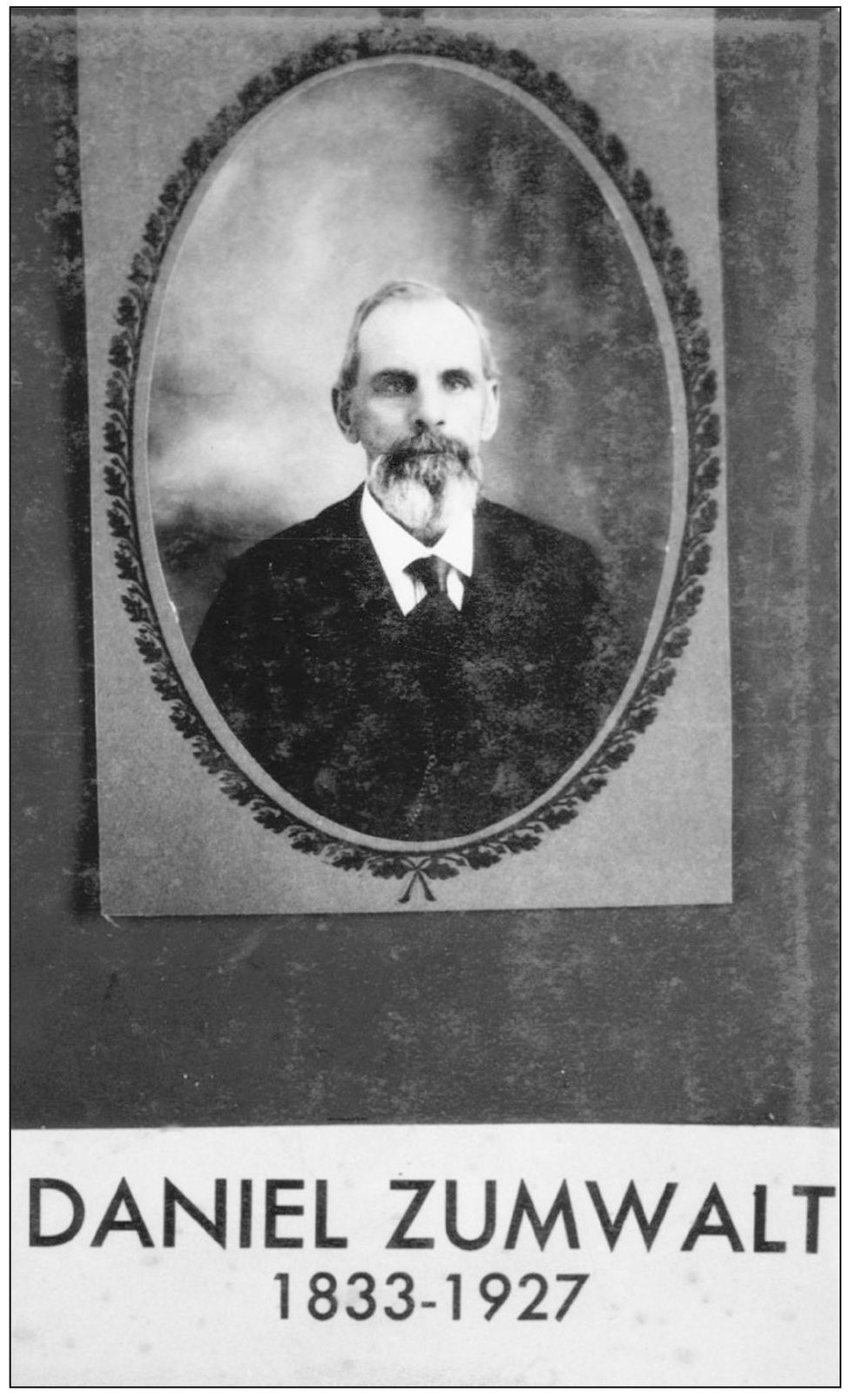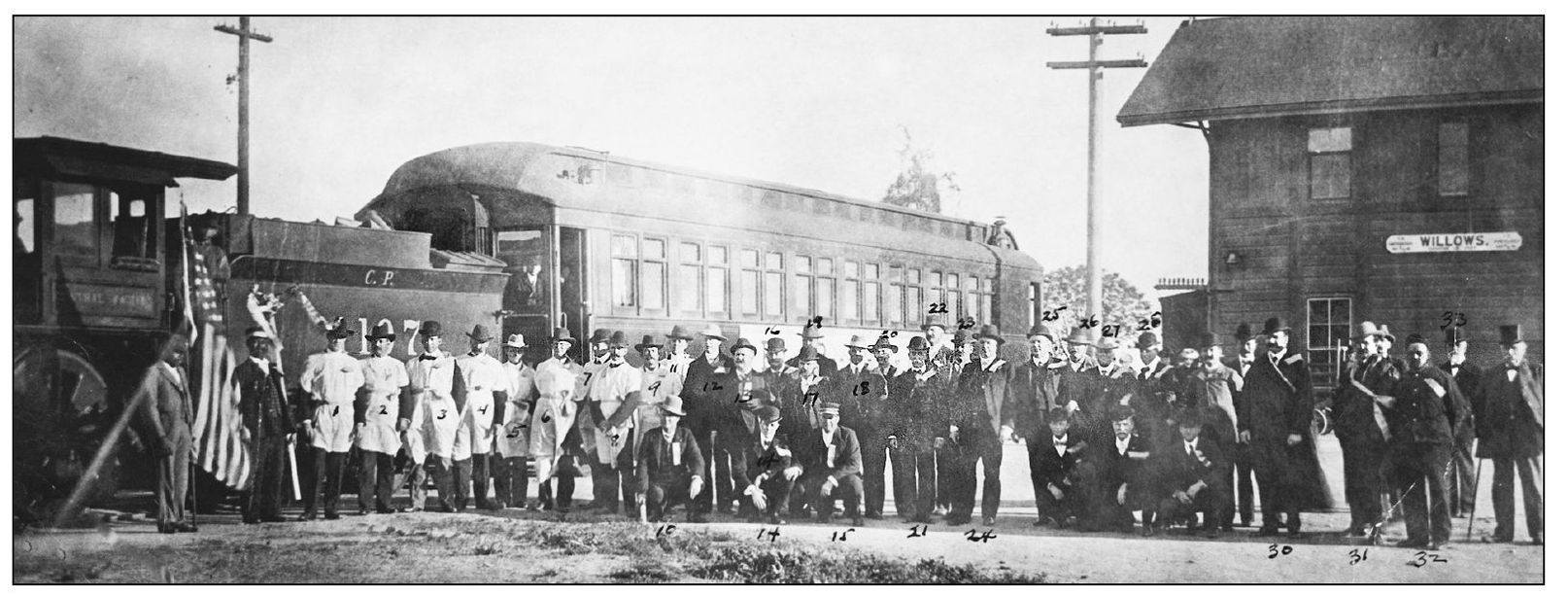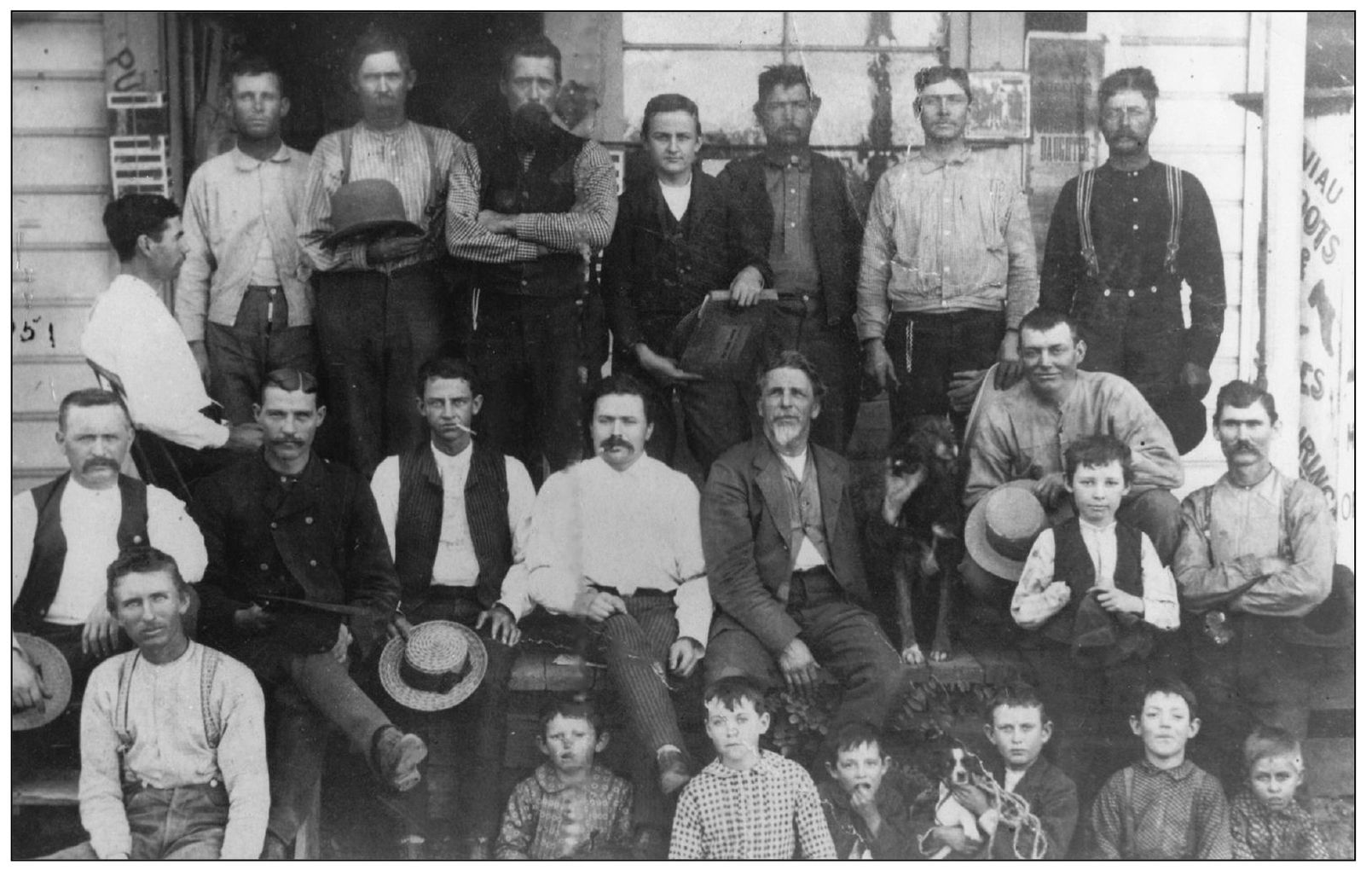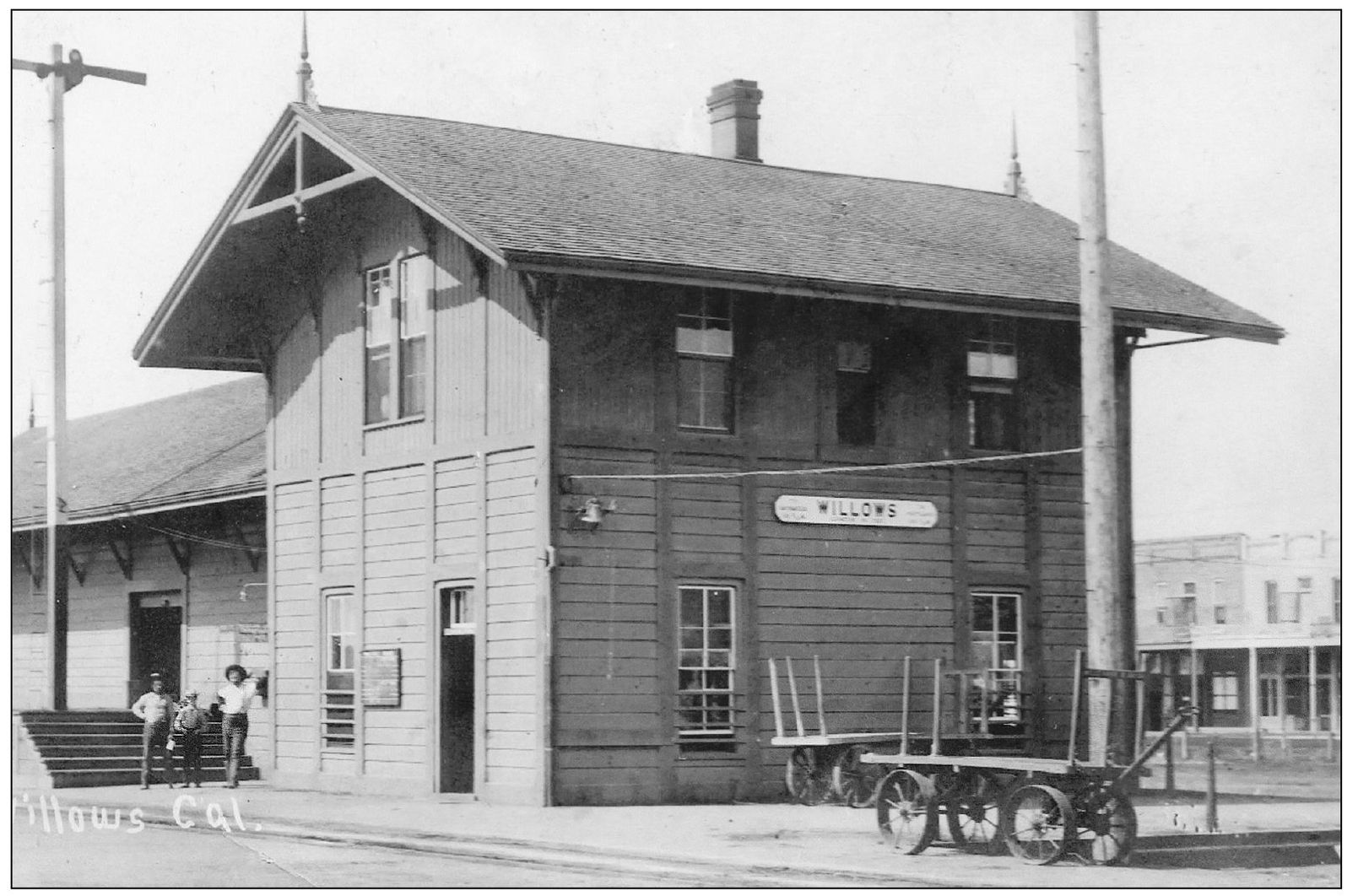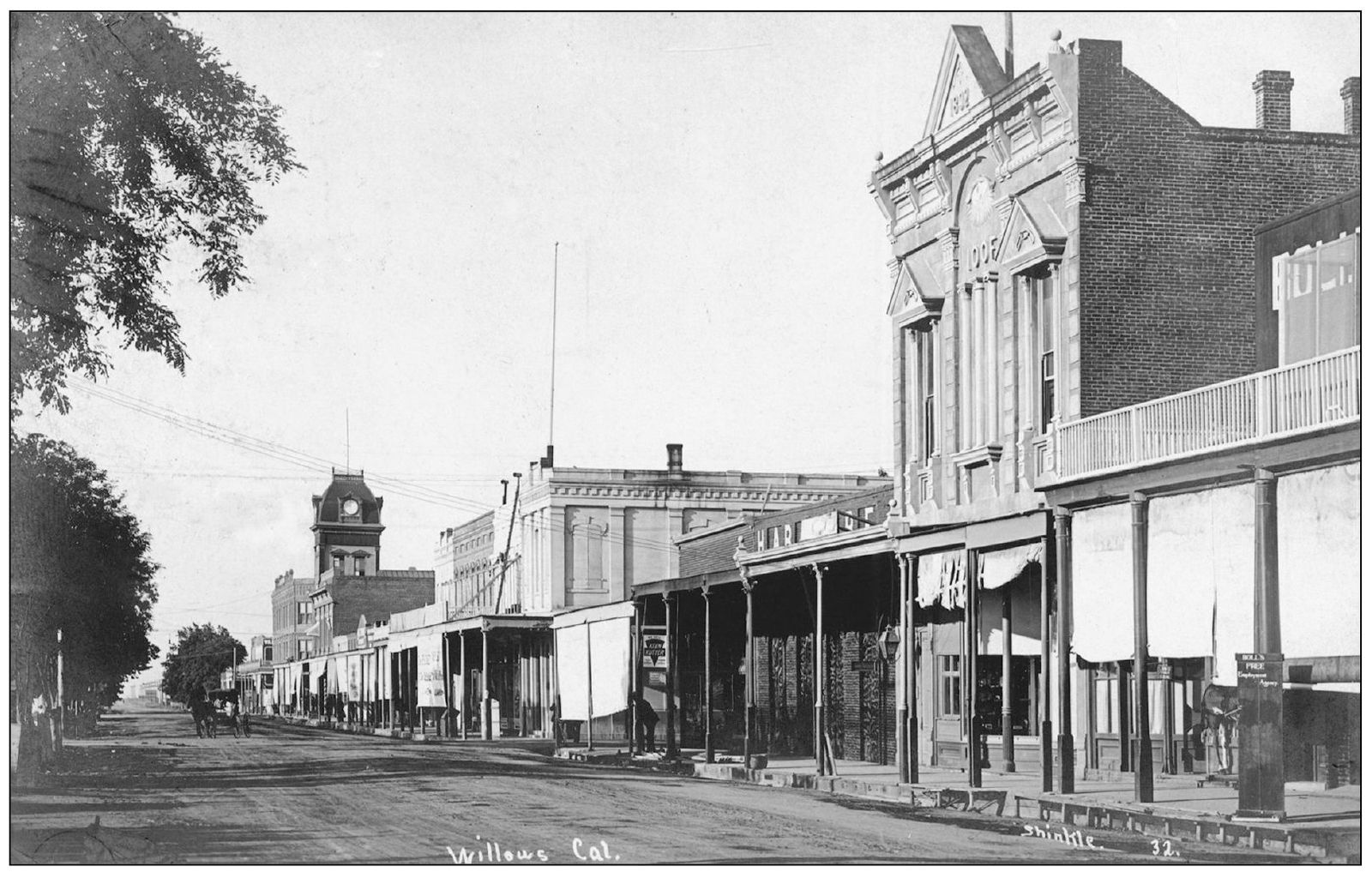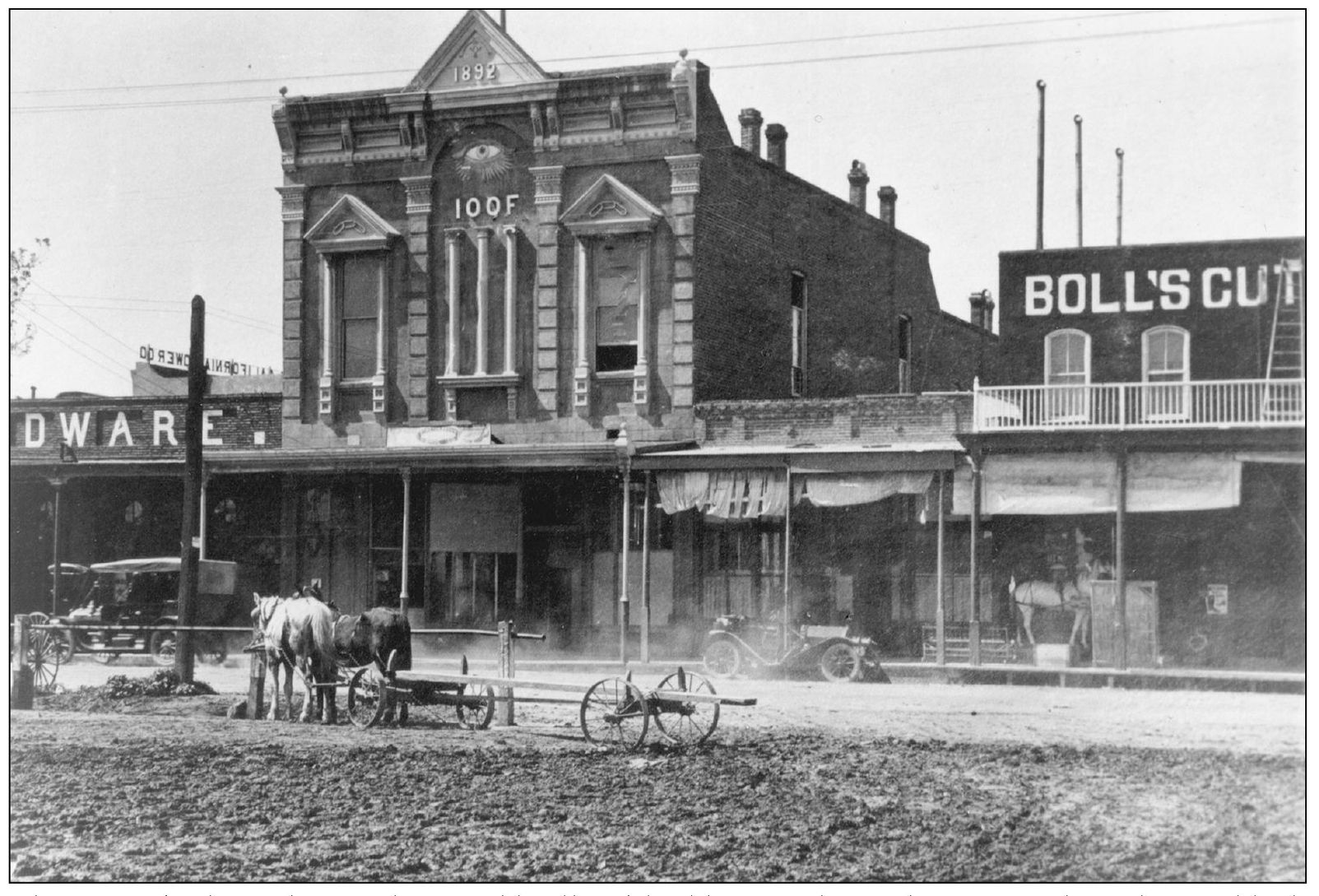ACKNOWLEDGMENTS
Photographs used in the Willows book are the property of the Museum Society of Willows, with the exception of those loaned by Baird Weinrich. We especially thank Donna Chittenden for her time and expertise with photographs and Ed Schnurbusch for his contribution of historic pictures.
Information sources have included Joan Bartalini, Bob Chittenden, Bill and Nettie Flanagan, Ed Schnurbusch, Jim and Velma Spurlock, and Baird Weinrich.
Support and assistance was given by Clifta Atlas, JoAnne Bond, Dr. Bill Wesley Brown, Ray Crabtree, Joan Cronk, Carolyn Davis, Oliver Hill, Curtis Hurlburt, Barbara Mann, Shirley Pattison, Vickie Torrey, Peter Towne, Byron Whisman, Carlton Wright, and the Wal-Mart Photography Department.
Posthumous recognition is given to the following for their preservation of historic photographs and information: Ethel Baker, Elizabeth Eubank, Charles Smokey Henry, and Bill Weinrich. Thank you ALL!
BIBLIOGRAPHY
Baker, Sima, and Florence Ewing. The Glenn County Story, Days Past and Present . Willows, CA: Glenn County Schools Office, 1968.
Colusi County Historical Society. Wagon Wheels . Two volumes yearly, 1955present.
Davis, Cynthia F. Where Water Is King: Glenn County Irrigation District . Willows, CA: Glenn County Irrigation District, 1984.
Eubank, Elizabeth. Glenn County Directory . Willows, CA: Willows Public Library, 1947-48.
Green, Will Semple. History of Colusa and Glenn Counties . San Francisco, CA: Elliott and Moore Publishers, 1889. Reproduced by Sacramento Lithograph Company for Elizabeth Eubank, 1950.
Lambert R., and C. D. McComish. History of Colusa and Glenn Counties . Los Angeles, CA: Historic Record Company, 1918.
White, Thelma. Glenn County Sketchbook . Butte County, CA: National League of American Pen Women, Butte County Branch, 1995.
Find more books like this at
www.imagesofamerica.com
Search for your hometown history, your old
stomping grounds, and even your favorite sports team.
One
OUR TOWN BEGINS
Just east of the present site of Willows, there was a great water hole shaded by willow trees. It was known near and far as the Willows. This unique water hole is explained by an early historian, Justus Rogers, who said, Several drainage creeks from the Coast Range joined here, and the land seemed to be capable of holding water, for there was a deep pond, something like half a mile long. It is said that this pond furnished water for as many as 5,000 cattle.
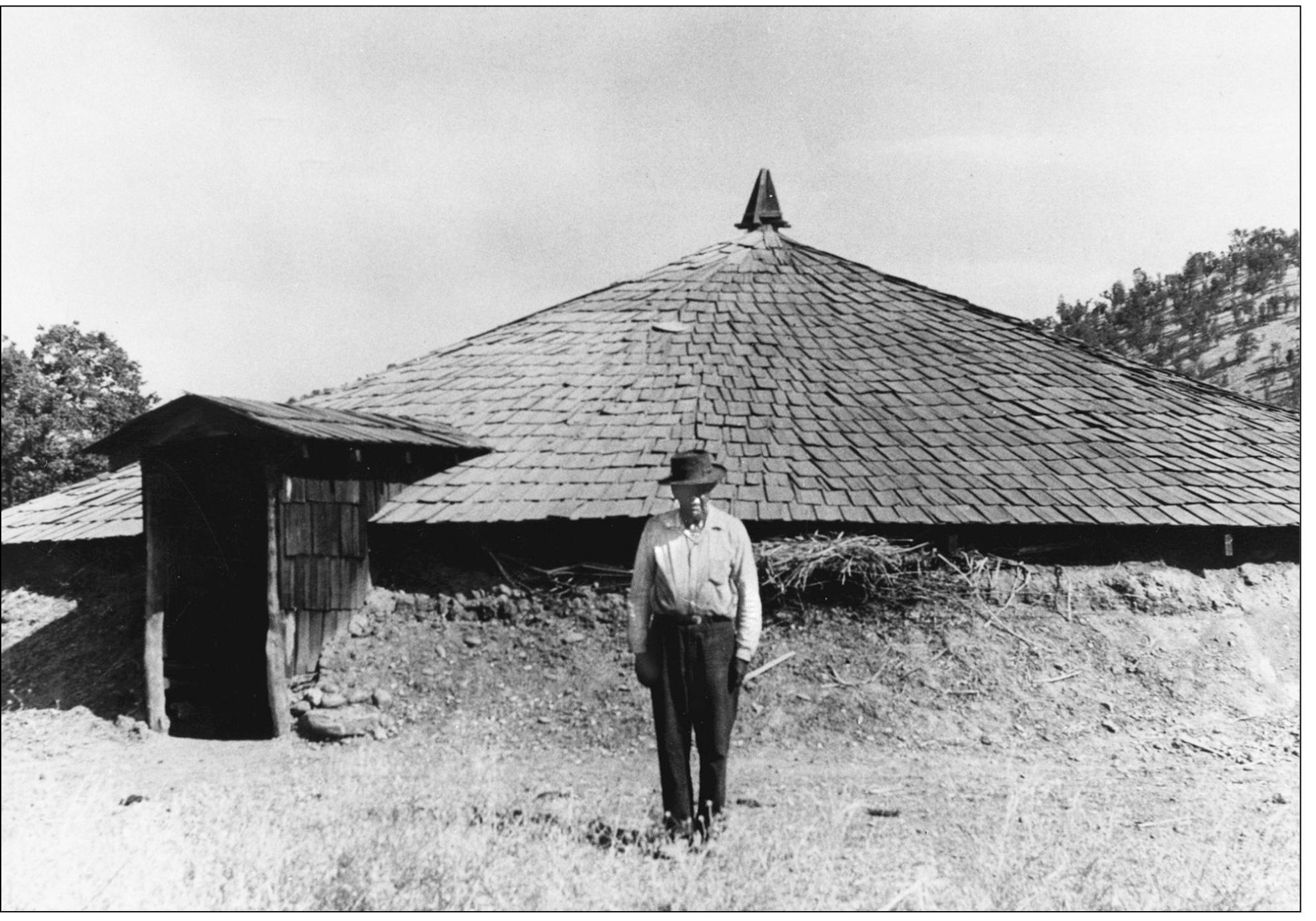
A Wintu Indian, Wallace Burrows, stands before the reconstructed roundhouse at Grindstone Indian Rancheria in this 1940s photograph. At one time it is said there were as many as 10,000 Wintu inhabiting the wide valley on the west side of the Sacramento River in Northern California, migrating according to the weather and food preferences. Most Wintu lived near the Coastal Range foothills to the west, where there was abundant water, wild game, ample fish in the streams, and plenty of edible plants, especially acorns, which were a staple food. Grasshoppers were a nutritious delicacy! The women were excellent basket makers. Winter homes were dugouts topped with a willow framework and covered with wet clay, so that Native American village looked like a cluster of low, smooth hills. An early traveler told of coming upon such a village and seeing children lying on top of each hill sunning themselves. As he approached, they all disappeared down the smoke holes of the dugouts. White mans diseases are blamed for the deaths of thousands of Wintu. Only a small number of native people remain in Glenn County, several of whom still prefer to live on the small Grindstone Rancheria north west of town.
Mary Ogle Zumwalt, 18041885, was born in Pennsylvania. In 1849, she came to California with her husband and children in a covered wagon drawn by oxen. She experienced the deaths of six of her 14 children.
Joseph Zumwalt, 18011896, was born in Kentucky. He married Mary Ogle on April 26, 1822. They were the parents of 14 children, one of whom was Daniel Zumwalt. They were part of the influx of forty-niners who came to California to seek their fortune.
Daniel Zumwalt, 18331927, was born in Indiana and came to California with his parents when he was 16. He eventually settled in what is now Glenn County and made a home for himself in what is now Willows. He married Nancy Murphy, had seven children, and lived to the age of 94. He is responsible for the original development of the town, having sold land to Charlie Crocker, owner of the Northern Railway Company.
This train was photographed around 1900 at the Willows Depot with dignitaries posing and lined up next to the locomotive and railroad porters wearing their lightweight, protective dusters. The very first train into Willows had arrived on September 26, 1878, with much the same fanfare, including a brass band.
Willows railroad men and boys are pictured in 1886. Clarence R. Wickes is in the third row, center. This crew more than likely worked on the railroad out west of Willows toward Fruto. A similar but earlier crew would have worked for the Northern Railroad, laying track as well as developing roads through Willows, following the high and dry routes of earlier settlers.
Willows Train Depot is pictured in 1910, conveniently located across the street from accommodating hotels, saloons, and a livery stable. The buildings in the background are still standing, minus the awnings.
This view is along North Tehama Street before the tragic fire of 1920.

